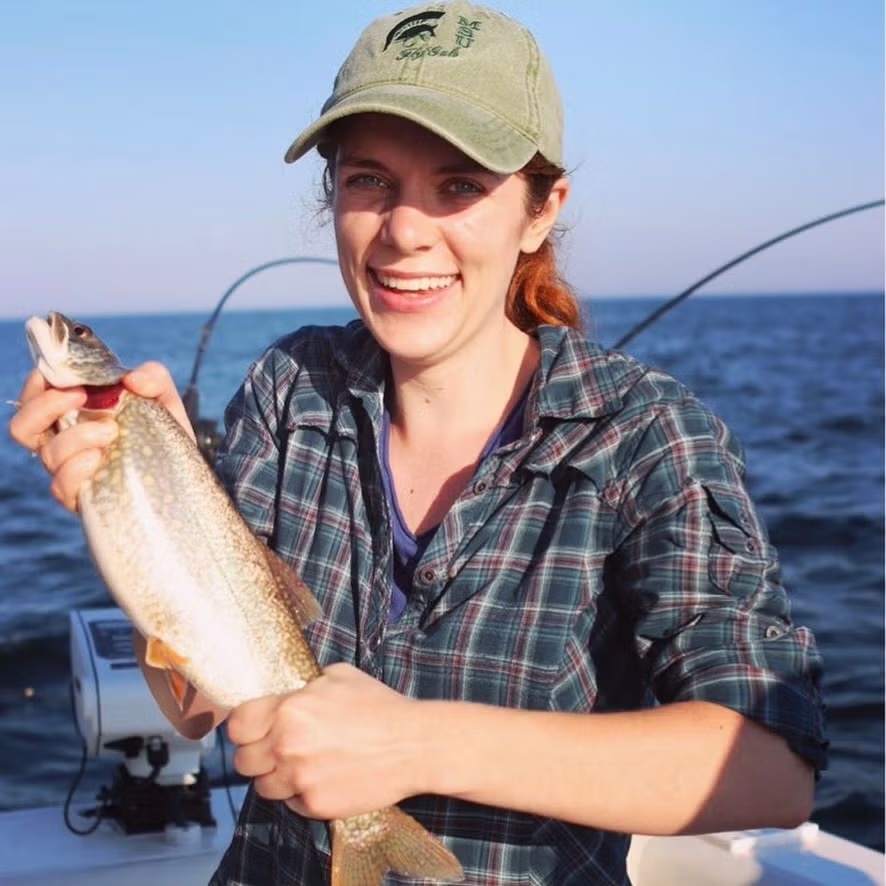PROJECT HIGHLIGHT:
The project will model how changes in river flow patterns and water temperatures affect the migration of endangered green sturgeon in California's rivers, helping management agencies better balance the needs of both people and fish. By combining extensive green sturgeon tracking data with environmental measurements, the project will create tools that will inform water management decisions, ultimately working to protect these ancient fish while maintaining water supplies for human needs.
PROJECT SUMMARY:
Green sturgeon, ancient fish that have lived in California's waters for thousands of years, are now threatened with extinction due to declining populations and impacts from human activities like dam operations and reduced water availability. The Sacramento River and its tributaries serve as critical habitat for these fish, creating a major challenge for water management in California's Sacramento-San Joaquin Delta, where the needs of large population centers and agriculture have to be balanced with those of threatened species like the green sturgeon. Currently, there is limited understanding of how river flow patterns affect sturgeon migration, which makes it difficult to develop effective strategies to protect the species while managing water resources.
This project will develop a mathematical model to analyze how different river flow patterns affect adult green sturgeon migration in California's Central Valley rivers. The researchers will use existing data that tracks sturgeon movements throughout California's waterways, combining this with environmental data like water flow and temperature measurements. Using this information, they'll create a model that can predict how sturgeon respond to various water management scenarios and flow conditions. For example, they will simulate green sturgeon migration patterns under flow regimes that focus on promoting key ecological functions (e.g. spring pulse flow and recession, fall pulse flow) compared to traditional minimum instream flows.
The project will produce several practical tools for improving water management. These include a publicly accessible website where users can explore how different water scenarios might affect sturgeon migration, a policy brief explaining how the findings relate to water management decisions and a model that can help predict outcomes of various water management approaches. They will also host a Conservation Science and Law Workshop on the intersection between green sturgeon conservation science and policy in California, and give public outreach presentations to public adult and K-12 student audiences with collaborating community organizations.
This project is funded by the Delta Stewardship Council Delta Science Program under Agreement No. DSC23000, and is administered by California Sea Grant.
 Karrigan Börk
Karrigan Börk
 Jonathan Walter
Jonathan Walter
 Scott Colborne
Scott Colborne
 Erin Tracy
Erin Tracy
 Francisco Bellido-Leiva
Francisco Bellido-Leiva
 Sarah Yarnell
Sarah Yarnell